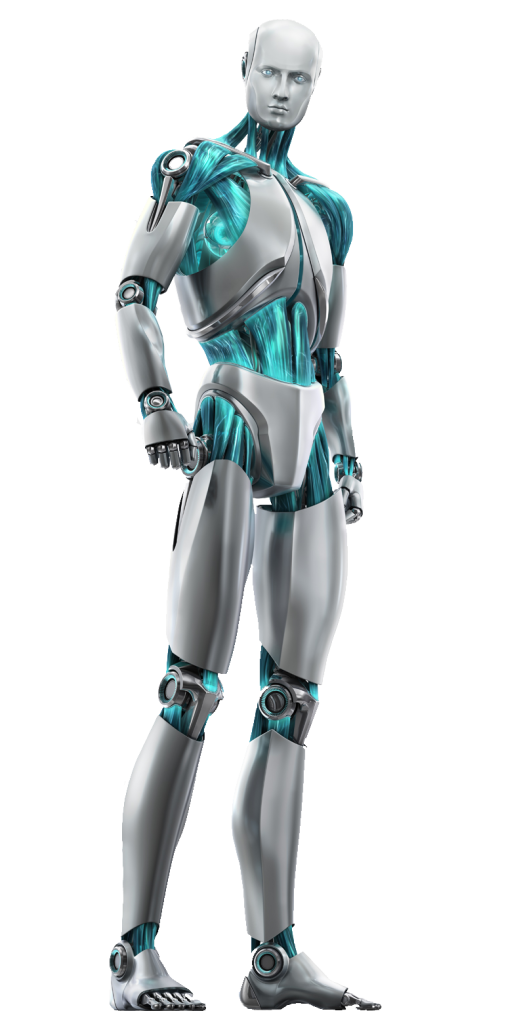
A forex trading bot or robot is the colloquial term for a software program based on foreign exchange market price movements that signals traders to buy or sell a currency pair at a point in time.
These systems can be automated and can be integrated with online forex brokers or exchange platforms.
Forex trading robots are designed to help traders who want to use automated trading methods to assist with the technical analysis and repetitive elements of forex trading.
A forex robot or automated trading system is a method of trading forex using a computer program. It might also be known as an algorithmic trading system or EA (expert adviser).
Forex robots can automatically trade 24 hours per day and are simple enough to buy over the internet. But do they really work? Can they actually help traders to maximise profits?
KEY TAKEAWAYS
- Forex trading robots are automated software programs used to generate trading signals in FX markets.
- Forex robots are designed to remove the psychological element of trading, which can be detrimental.
- While forex trading robots advertise the prospect of profits, it is important to remember that they are limited in their capabilities and not foolproof.
Understanding Forex Trading Robots
Forex trading robots are automated software programs that generate trading signals. Most of these robots are built with MetaTrader, using the MQL scripting language, which lets traders generate trading signals or place orders, and manage trades.
Forex robots are designed to remove trading’s psychological element, which can be detrimental.
Automated forex trading robots are available for purchase over the internet, but traders should exercise caution when buying a trading system this way. Oftentimes, companies will spring up overnight to sell trading systems with a money-back guarantee before disappearing a few weeks later. They may cherry-pick successful trades as the most likely outcome for a trade or use curve-fitting to generate great results when backtesting a system, but these are not legitimate systems for assessing risk and opportunity.
Another criticism of forex trading robots is that they generate profits over the short term but their performance over the long term is mixed. This is primarily because they are automated to move within a certain range and follow trends. As a result, a sudden price movement can wipe out profits made in the short term.
What Is an Automated Trading Strategy?
A forex trading strategy is a set of rules a trader uses to buy and sell currency pairs. You would normally create a trading strategy and follow it manually, but many use computer programmes to implement an automated trading strategy.
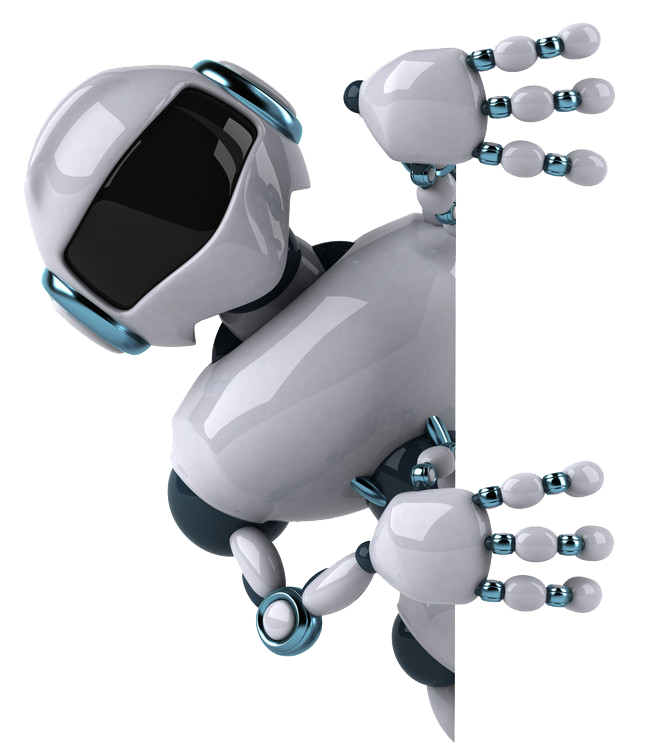
Sometimes referred to as FX robots or, simply, ‘bots’, these are not physical robots – instead, they are highly specialised computer programs which have been created to carry out many different trading functions.
These range from letting traders know when to place a trade (known as ‘signals’) to automatically placing and managing trades on a trader’s behalf.
It could be an off-the-peg forex robot with its own built-in trading rules, or it could be a system the trader has designed themselves to follow their personal trading strategy.
Buying a commercial automated trading system is much easier and quicker than creating one yourself, and if you have limited experience of forex trading then you are probably better off buying one off the shelf.
There are a number of forex robots on the market. Some of them are well respected systems but others may be below par or even scams, so it is important to do your research before making a purchase and make sure you buy from a reputable source.
You should also make sure you have a full understanding of the robot you choose and are sure that it will operate in a way that aligns with your own trading goals. Things to consider include:
- Backtesting – The robot should have been backtested in different market conditions and on a range of currency pairs.
- Order size – Some robots perform best with a particular order size, so things may go wrong when the order size changes.
- Live trading results – Check that the results promised are based on trading in the live markets and not just simulations.
- Drawdown – This refers to the difference between high and low points during a specific period. Traders have their own personal preferences when it comes to drawdown, so you should choose a robot that fits your own.
- Credibility – Look for positive user reviews and testimonials.
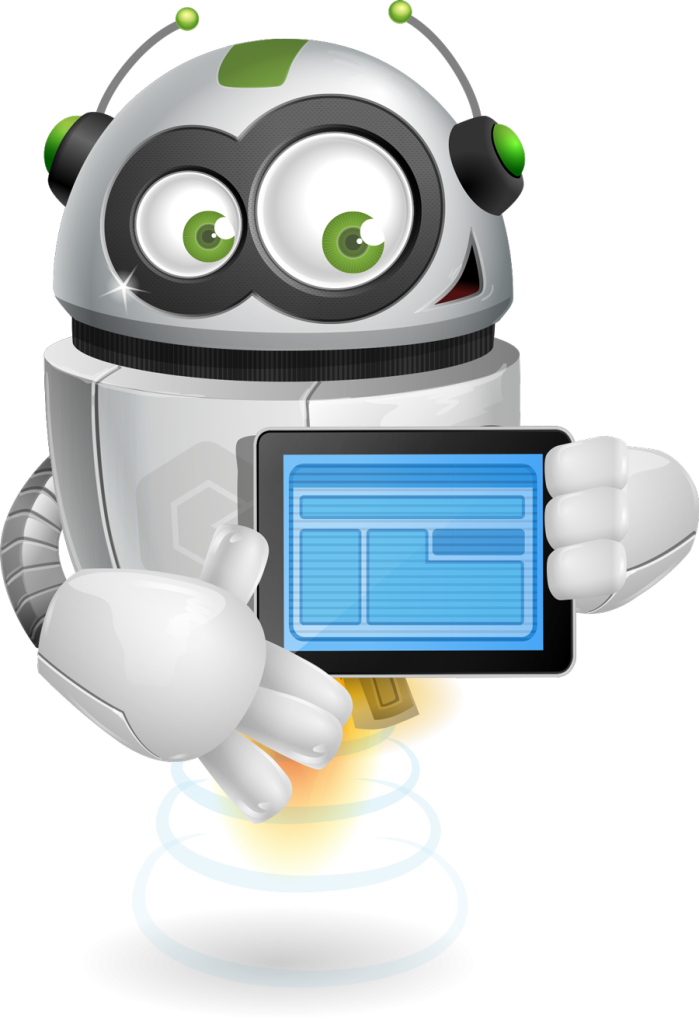
The top-rated forex robots can offer ideas on how to identify profitable trades within unpredictable markets, even when the trending direction is not obvious. These robots have the capacity to choose the most advantageous trend to increase profits and reduce the risk of loss.
For most new traders, the idea of engaging a specialised piece of computer software to carry out all of the difficult aspects of trading is likely to be very tempting.
But it’s not as simple as just going about your daily life, letting your forex robot do all of the work and watching your trading profits roll into your bank account.
Unfortunately, there are many scam robots on the market designed to make people believe that this is the case, but the best automated trading robots do require regular human input. Traders need to be able to distinguish between a scam robot and a viable robot that is worth spending money on.
What Types of Automation Are Available?
There is a broad spectrum to consider when it comes to what tasks a forex robot can actually perform. Most robots are set up to simultaneously scan and interpret millions of different forex charts in a way that a human wouldn’t ever be able to do.
Some of the simpler FX robots are programmed to simply send trading signals to traders, whilst others are able to act upon those signals; for example, by deciding when would be the best (or worst) time to trade.
There are two types of automated trading systems available:
1. Fully Automated
A fully automated trading system scans the market for trading opportunities and carries out trades electronically on behalf of its user, based on a set of predetermined rules.
It automatically generates stop-loss orders, trailing stops and profit targets as soon as a trade has been entered.
There are several benefits that you might consider when choosing to use a fully automated system. These include:
- Speed – A computer can spot and act on market opportunities much faster than a human
- Discipline – Emotions can cloud a trader’s judgement; computers do not fall prey to panic or anxiety and will always stick to the plan
- Time – Using a fully automated system takes much of the work out of trading, leaving you free to do other things
If you do not have much time to devote to forex trading, or if you find it difficult to stick to a trading strategy, then a fully automated system may be a good option.
However, you should be aware that you cannot simply set it up and then sit back as the money rolls in. It will need monitoring to spot and resolve any issues.
Even the best automated systems do not offer a 100% success rate and cannot replicate many of the human qualities that make a good trader.
2. Semi-Automated
A semi-automated system uses a computer programme to analyse the forex markets and look for trading opportunities, again based on a pre-programmed trading strategy.
It then sends the user trading signals with entry prices, stop-loss orders and profit targets, and it’s up to the trader to decide whether to act on these and then enter the trade manually.
As with full automation, this system frees up the trader’s time by doing much of the preliminary work for them.
It is capable of scanning and analysing the markets much quicker than a human can, and it helps to reduce emotional trading by sending alerts based only on the strategy.
This system might be better suited to a trader who has more time to spend on forex but wants to automate their activity to a certain extent.
Using a semi-automated system allows the trader to retain more control over their account and to apply their own skills, experience and knowledge before deciding whether to make a trade.
Pros and Cons of Using a Forex Robot
There are several reasons why people use forex robots. However, before purchasing and running a forex robot, it is important to weigh up the advantages and disadvantages of using an automated system, and to recognise that no forex robot can offer the perfect trading solution.
Many inexperienced traders choose to use a forex robot because they are hoping to be able to easily make money from the forex market without needing to spend lots of time on trading or carry out any actions manually.
But they are not guaranteed profit-makers. Before using one, traders must first identify a good currency pair and the ideal timeframe in which to trade.
There are various pros and cons to using a forex robot, discussed in more detail below.
What Are Forex Robots & Do They Actually Work?
Pros
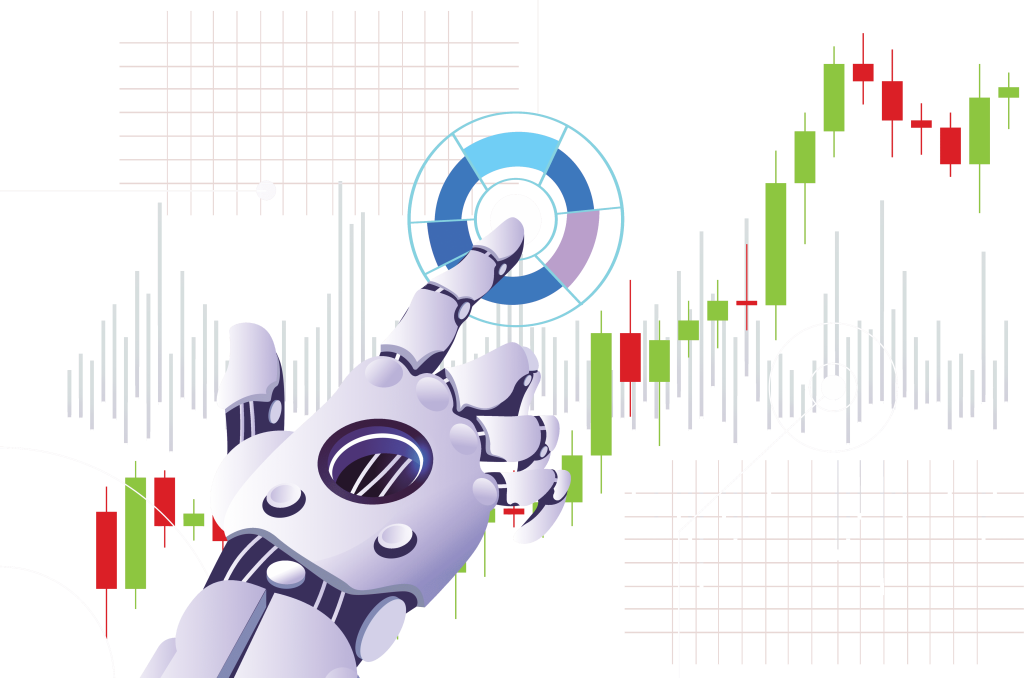
- They can trade 24/7
- They are not influenced by human emotions
- They can work faster and more effectively
- They can operate more complex and sophisticated trading strategies
- They make backtesting easier and faster
- Anyone can use them to get started with forex trading
Cons
- You need a strong and constant internet connection
- They have no capacity for human thought or imagination
- They are not good at reading and interpreting fundamental data
- They are vulnerable to non-trending markets
- Most forex robots are scalpers
- There is a risk of data-mining bias
- They may be a scam
Advantages of Using Forex Robots
They Can Trade 24/7
Human traders are usually confined to trading within certain periods of their waking day and will usually have other commitments such as family, work and leisure pursuits. Even the most dedicated forex traders will need to take breaks to eat, drink, sleep and get away from their computer screen.
A forex robot can work continuously with no need for breaks, which means they will be watching and acting on the market at all times, so you never miss an opportunity.
They Are Not Influenced by Human Emotions
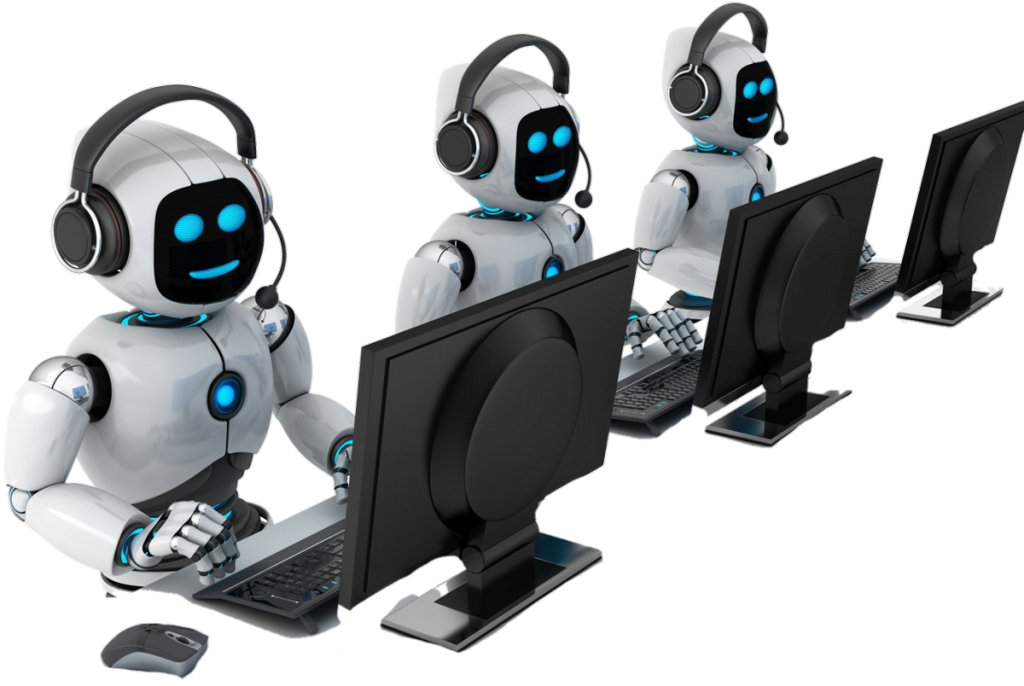
Forex robots operate on a set of pre-determined rules and they will stick to this no matter what.
When humans are trading money it can be hard for them to overcome emotions, such as fear and greed, and their own biases and assumptions. This can lead them to hesitate, prevent them from taking trades, push them into making the wrong trades or hold their position for too long.
Even when traders have a firm strategy in place it can be hard for them to think critically and objectively in the heat of the moment. An automated system removes the risk that human emotions can bring to trading.
They Can Work Faster and More Effectively
A forex robot can scan the markets, find opportunities based on pre-determined parameters and carry out trades according to its rules, all in a matter of seconds. A human trader doing this manually is likely to take much longer and may miss opportunities, or waste time making decisions or entering an order.
They Can Operate More Complex and Sophisticated Trading Strategies
Robots are much better at multi-tasking than humans, so using an automated system allows traders to have multiple conditions for things like entries and exits, stop-loss orders and profit targets, all operating simultaneously. Forex robots can also monitor multiple currency pairs at the same time.
They Make Backtesting Easier and Faster
Backtesting is the process of testing out possible trading strategies against historical data and using this data to optimise a chosen strategy. Done manually, it is complex and time-consuming.
However, forex robots can download, store and analyse large amounts of historical data, allowing traders to measure the effectiveness of different strategies before applying them to the live market.
Anyone Can Use Them to Get Started With Forex Trading
The easy availability of forex robots means you do not have to be an expert to get one up and running on your computer and start trading forex.
However, you should always thoroughly research any automated trading system that you are considering buying and try it out on a demo account before moving onto the live market. But using a forex robot can help you to dip your toe in the water, while freeing up your time to study forex and trading in more depth.
Disadvantages of Using Forex Robots
You Need a Strong and Constant Internet Connection
Forex robots must be run on a good computer with a reliable connection to the internet. Any delays or faults in the server could cause glitches or prompt the robot to trade incorrectly.
And like any other computer software, they could also be affected by hackers and viruses.
They Have No Capacity for Human Thought or Imagination
Successful forex traders bring a breadth of skills and knowledge to the table, applying research, analytical thinking, observation, and a certain amount of imagination and creativity to predict how markets may evolve in the near future.
Forex robots can only operate based on how they were originally programmed and their past performance, which can put them at a disadvantage to human traders.
They Are Not Good at Reading and Interpreting Fundamental Data
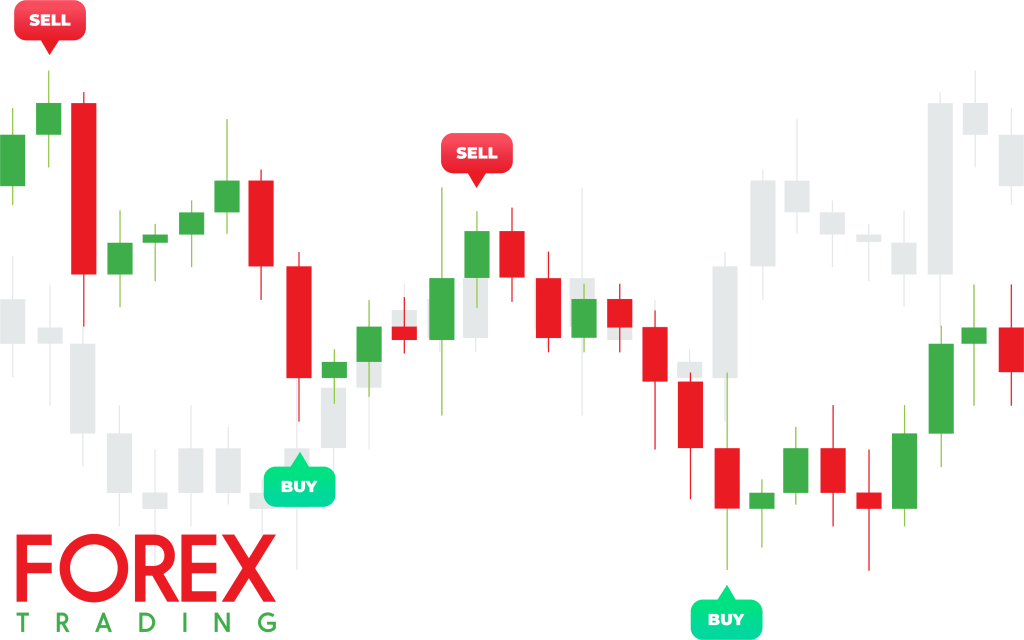
Forex robots are good at technical analysis, which involves reading historical market statistics and price charts to predict what might happen in the future. But they are not so helpful when it comes to fundamental analysis.
Fundamental analysis is a method of evaluating the value of an asset by looking at external circumstances and influences, such as economic or political events and industry trends.
While a human can keep abreast of what is going on in the outside world and how this might affect the markets, a quick reverse in the market caused by a sudden extreme event could severely affect a robot’s capacity to trade effectively.
They Are Vulnerable to Non-Trending Markets
Forex robots are designed to find positive trends and trading signals in the market and to act on those. This is fine if the market is trending – if the price is generally moving in one direction. But if the market becomes choppy or sideways – when the price movement is horizontal – a robot’s functionality can be affected.
Most Forex Robots Are Scalpers
Forex scalping is a trading method that involves holding currency pairs for a short period to make numerous small profits. Generally, small price movements occur throughout the day and scalpers take advantage of this by opening and closing a large number of positions within one day. The aim is to make small gains of perhaps 5 to 20 pips per trade (a pip is the unit of change in a currency pair).
The majority of forex robots operate on a similar system, setting a target of just a few pips on every position they take.
As well as deciding if this method of trading will be profitable for you in the long term, you will also have to check your broker’s policy on scalping as not all will allow it. And you will need to confirm that your broker’s spreads (the difference between the bid price and the ask price) are low enough for your chosen robot to work effectively.
There Is a Risk of Data-Mining Bias
Data-mining bias is where an analyst repeatedly searches sample data until a pattern is found, resulting in undue significance being given to a market event that was perhaps caused by chance or an unforeseen set of circumstances.
In the same way, commercial forex robots tend to pick one backtest out of hundreds and present it to the trader as the most likely outcome even though the findings may not have been tested thoroughly enough.
They May Be a Scam
It is important to be aware that forex robot scams are not uncommon, so you should be very careful about who you buy any software from. Even those that are sold in good faith may be badly designed and not live up to your expectations.
Make sure you do plenty of research before making any purchase and remember, if the promises of overnight riches sound too good to be true, they probably are.
Are Forex Robots Legal?
Forex robots are legal, but legal doesn’t necessarily mean reliable and legitimate. Certain countries do not support the use of forex robots, and there are also a handful of brokers who frown upon this method of trading.
The nervousness surrounding robots stems from the marketplace being littered with scams; it is not highly regulated. Companies can sell useless robots and traders often have no comeback where the law is concerned.
Automated robots can be bought online legally, but it is not unusual for companies to disappear as quickly as they spring up. Sellers often promote a money-back guarantee with the sale of a robot, but that guarantee vanishes with them, leaving the trader out of pocket.
Out of the many companies selling forex robots, few have legitimate software for properly assessing opportunity and risk. Many of them use tactical visual representations to trick the trader into thinking the robot on offer will generate huge profits.
Do They Actually Work?

The answer to this question very much depends on your expectations of the robot. Forex robots are programmed to enter trade orders by substituting the need for a human trader. The trade orders the robot will enter are determined by a series of mathematical algorithms set by their creator.
For traders using a completely mechanical trading strategy, forex robots can offer a solution that’s able to trade on their behalf throughout the day and night.
The actions carried out by forex robots are determined by the technical analysis tools they have been set up with. The best forex robot programmers use backtesting to ensure their robots are designed to maximise profits.
As mentioned above, backtesting is where the programmer uses historical data to test how a proposed trading strategy would have played out in real life. It is possible to automate this process, but this would mean carrying out adjustments to improve the robot’s performance in areas such as maximum drawdowns and placing stop-loss orders.
While most forex robots do ‘work’ in the sense that they are programmed to automatically carry out trades, unfortunately, they are not foolproof so they cannot provide any guarantee of long-term profits.
At best, they are a useful tool which can be used by forex traders to help make informed trading decisions. At worst, they are scams through which traders frequently end up losing money.
If you are thinking about purchasing a forex robot, read our tips below on how to use your robot effectively and avoid spending money on a scam.
How to Use Forex Robots Successfully
If you have decided to use a forex robot, here are a few ideas on how you can maximise your chances of using a robot successfully:
Step 1. Don’t Expect Too Much

It might sound obvious, but it’s important to remember that robots are just that – robots. That means they can only perform the functions they were originally created to carry out.
They are unable to use any elements of creative thinking to envisage what might happen in the future. They can only use their programming and the data they gather relating to past performance to make predictions.
If you choose to use a forex robot, try not to rely on it completely when it comes to carrying out your trading activities.
To reap the rewards of trading, you will also need to apply your own observations and research – for example, it is sensible to keep on top of economic changes and the international financial climate.
Step 2. Do Your Research
Unfortunately, many robots are hindered by viruses and hackers so it’s important to ensure you find a reputable option. To avoid scams, choose a robot which has been on the market for some time, making sure that there are plenty of positive reviews and online testimonials.
Always be mindful that some reviews may not be genuine and be very wary of new forex robots that pop up overnight with hundreds of glowing reviews, even if the creator claims to be offering incentives such as a money-back guarantee.
Don’t rely on the fact that a robot has been backtested – many programmers ‘cherry-pick’ the backtest with the best results to use within the marketing of their robot, even if they carried out hundreds of other backtests which did not demonstrate accurate predictions.
Step 3. Use the Trial Software First
Many forex robot programmers offer a free trial of the software before expecting you to make a financial commitment.
Always take advantage of this and consider trying out more than one software option to see which suits your personal trading style and profit expectations the best.
Step 4. Set up Trading Parameters
Before you begin trading forex, set aside some time to create a trading plan – and make sure that you stick to it.
Your plan will need to include information such as your risk tolerance levels and profit goals. Once you have decided on this information, ensure that you update the parameters of your forex robot to ensure that it performs in line with your personal preferences.
Step 5. Keep a Close Eye on Your Robot
As explained previously, a forex robot cannot consider external influences which have an impact on the ever-changing forex market conditions.
This means that you will need to regularly check in on the trading activities it is performing, stay updated on the financial climate and adjust your parameters accordingly.
Things to Consider
Trading with the best forex robot on the market is still precarious. The majority of robots only trade within a narrow range, making a set amount of pips (this stands for ‘percentage in point’ – the measure of change in a currency pair) inside that range. They will often make profits, but those profits can easily be wiped out if a breakout occurs.
If you are looking to purchase a forex robot, consider the following:
- It is illegal to sell a robot that doesn’t work and it is illegal for a seller to exaggerate the profitability of the robot they are trying to sell. However, it is not illegal for you to use one of these illegitimate robots, and you have no comeback if you make a loss (the seller can’t be held responsible for your losses).
- It is common for a broker to refuse a trader the right to use a robot, because of concerns it could ruin their account.
- A forex robot can be programmed to trade 24 hours a day, and that means having access to your money 24 hours a day. You can’t be watching all the time, which means your robot can trade without you – risky if you happen to have purchased an illegitimate robot. It is easy to lose money.
- It is possible to develop your own robot, which can be a safer alternative than placing your trust with a third party.
How to Tell If a Forex Robot Isn’t Legit
If it seems too good to be true, it probably is; effective forex robots aren’t cheap. Here are some tips on how to tell if your forex robot isn’t legal/legit:

- It is free or cheap. If you’re surprised at how reasonably priced a forex robot is, move on. The likelihood is that it is not worthy of the money you are considering paying for it, and you won’t break even when it comes to the profit you will make off the back of it.
- Grand claims are being made. If a company is guaranteeing big profits with minimal financial risk, promising zero spreads or making other grand statements, suspicions should be raised. There is no such thing as guaranteed profit where forex robots are concerned, and a legitimate forex robot will be costly and won’t feature bargaining additions, so this kind of marketing speak should immediately set off alarm bells.
- The company boasts new, advanced technology. Remember, there are no guarantees with a forex robot, no matter how much the company promises. If a company had developed groundbreaking new technology to win big, they would earn more from using the robot themselves to trade, rather than selling the technology.
- The marketing speak is trying to win you over. Watch out for marketing messages which sell you the dream of what the money you make could buy you. A genuine company should be able to show you the numbers that prove what the robot is capable of, rather than using flamboyant language promoting the benefits of big profits.
- A virus checker alerts you to a problem. A virus checker may alert you to potential issues with the software, which should be a red flag when it comes to establishing whether or not a company is legitimate. The likelihood is that to do this you will have already purchased the software, but you will at least know not to trust the robot with your money.
- The company does not provide proof of its legitimacy. One of the most useful ways to quickly ascertain whether or not a company is legitimate is to find out whether they are registered with a regulatory authority. A genuine company will always provide proof that they are regulated.
Developing Your Own Trading System
Forex traders may want to consider developing their own automated trading systems rather than take a risk on third-party forex trading robots.
The best way to get started is to open a demo account with a forex trading broker that supports MetaTrader and then start experimenting with developing MQL scripts. After developing a system that performs well when backtesting, traders should apply the program to paper trading to test the effectiveness of the system in live environments. Unsuccessful programs can be tweaked, while successful programs can be ramped up with increasingly larger amounts of real capital.
In general, many traders try to develop automated trading systems based on their existing technical trading rules. Some of these systems are more successful than others. An example might be a trader who watches for breakouts and has a specific strategy for determining a stop-loss and take-profit (T/P) point. We could easily modify these rules to operate in an automated fashion rather than being manually executed. Traders should keep an eye on these systems to ensure that they’re working as expected and make adjustments when necessary.
Can a Forex Robot Trade Cryptocurrency?
Yes, a forex robot can be used to trade cryptocurrency.
Does a Forex Trading Bot Work Constantly?
A forex trading robot, or bot, can be programmed to trade constantly, 24 hours a day, seven days a week. However, allowing this level of ongoing trading potentially removes the investor from the process. Many investors may prefer to be more active participants in the trading process.